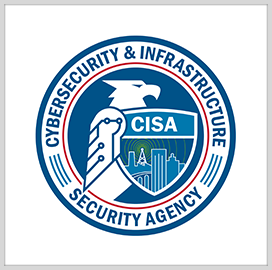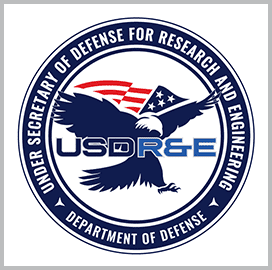The U.S. Marine Corps has released a new strategy that provides a framework for integrating artificial intelligence across the service branch to speed up the decision-making process and achieve decision advantage in littoral and expeditionary base operations in contested environments.
USMC said Wednesday its AI Strategy has five goals that contain the required objectives to meet its vision for AI: AI mission alignment, AI competent workforce, AI deployment at scale, AI governance and partnerships and collaboration.
To achieve the goal of AI mission alignment, the service should capture highler-level priorities within the Department of Defense, Department of the Navy and the Commandant of the Marine Corps for priority use cases to align effort and evaluate use cases based on service requirements to understand where AI can be used to address mission challenges.
To build a competent AI workforce, USMC should leverage the current talent within the service branch to conduct stop-gap training and education on AI and modernize areas where technology can help streamline operations.
The strategy also calls on the service to develop a culture of data literacy and stewardship, modernize data management and advance cybersecurity to deploy AI technologies at scale.












